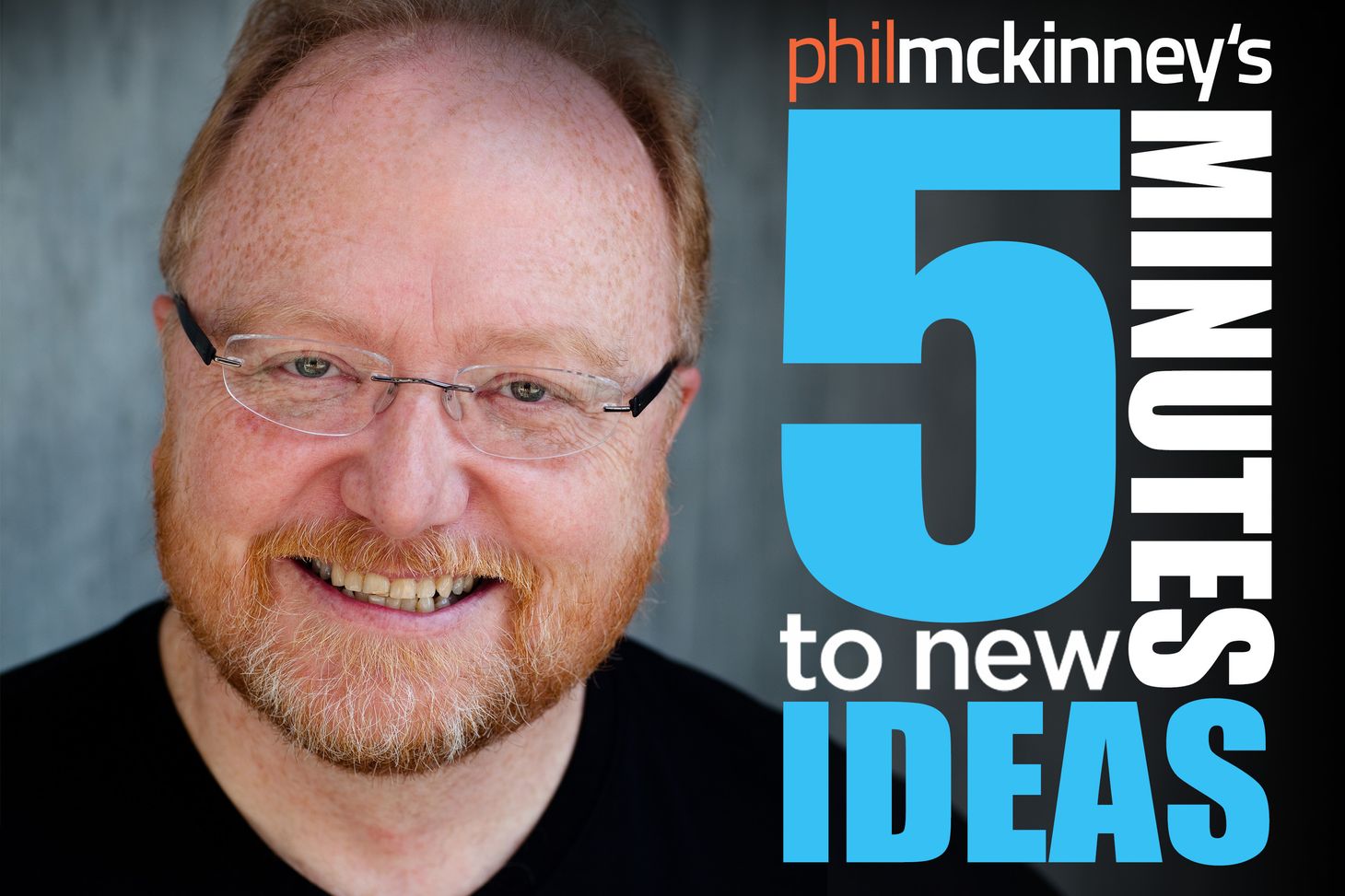What input, if reduced, would allow me to cut the price by 25 percent

There is a reason that the percentage in this question is as high as it is.
Sure, it would sound less scary and more reasonable if I asked you how you could cut your price by 5 percent, or maybe 8 percent, but that would be missing the point.
If you want potentially game-changing moves to get ahead of your competition, you need to make big savings and do something bold to get to that leader-of-the-pack position.
The best place to find these kinds of savings is in your biggest input cost.
Don’t settle for parity; look for those things that are a necessary evil in your business and see if you can turn them into a competitive advantage instead.
If you and your competitor have the same basic cost structure and you can slash yours by a major innovation, well, you get the picture.
You need to continually look at ways to drastically lower the price of your product, because if you don’t, it’s possible that your competitors will.
If you’ve ever driven in India, you’ve probably had some alarming near-death encounters with the brightly painted Tata trucks that fill the country’s highways.
They are huge, and rather than using their braking systems they rely on their horns to get other cars out of their way.
About eight years ago Tata decided to enter the passenger-vehicle market, despite the logistical difficulties of making the leap from manufacturing trucks to lightweight single-family cars.
The car they came up with, the Nano, uses a two-cylinder engine and much less sheet metal than a comparable vehicle.
Its trunk can hold one small bag, and it lacks a passenger-side mirror.
In other words, anything that is not strictly necessary to fulfill the mission of getting a family from point A to point B has been cut.
They are currently selling a car priced at under $2,000 in the Indian market.
The cars have some issues.
They are small, slow, and seem prone to catching on fire at inopportune times.
Still, Tata is coming to the US market, and despite some production setbacks in India, it clearly has ambitions to succeed here.
If they do, it will radically change the nature of the domestic car industry.
Would you buy your kid a $13,000 starter car if a similar model were $5,000 cheaper?
US car companies have an opinion about who their customer is and what their customer expects to get from (and to pay for) a car.
And this could prove very dangerous for Detroit if Tata figures out how to connect with US drivers and start making meaningful sales.
If US car companies are going to defend themselves against hungry and aggressive competitors like Tata and their Chinese equivalents, they need to be careful.
These companies have no assumptions or expectations about how they might sell their cars in the United States.
Nor do they have a history of hitting certain price points or any expectations that a car is only worth selling if it brings in a certain amount of profit.
They have different philosophies of what a car needs to be in order to satisfy their customer.
What if the US customer starts to agree with them?
Look at the sudden explosion of unrest in the Middle East and the resulting upswing in oil prices. Suppose things get worse, not better?
A company that knows how to use minimal materials and resources to build ultra-cheap, ultra–fuel efficient cars, and isn’t afraid to charge rock-bottom prices for them, is going to have a huge advantage in the US marketplace.
It will take a cognitive side step for Detroit to respond to ultra-cheap imports from the third world.
Hopefully you are willing to take that kind of side step, both to develop your product and ensure you aren’t leaving any gaps for a competitor to sneak something game-changing into the marketplace.
Phil McKinney Newsletter
Join the newsletter to receive the latest updates in your inbox.




